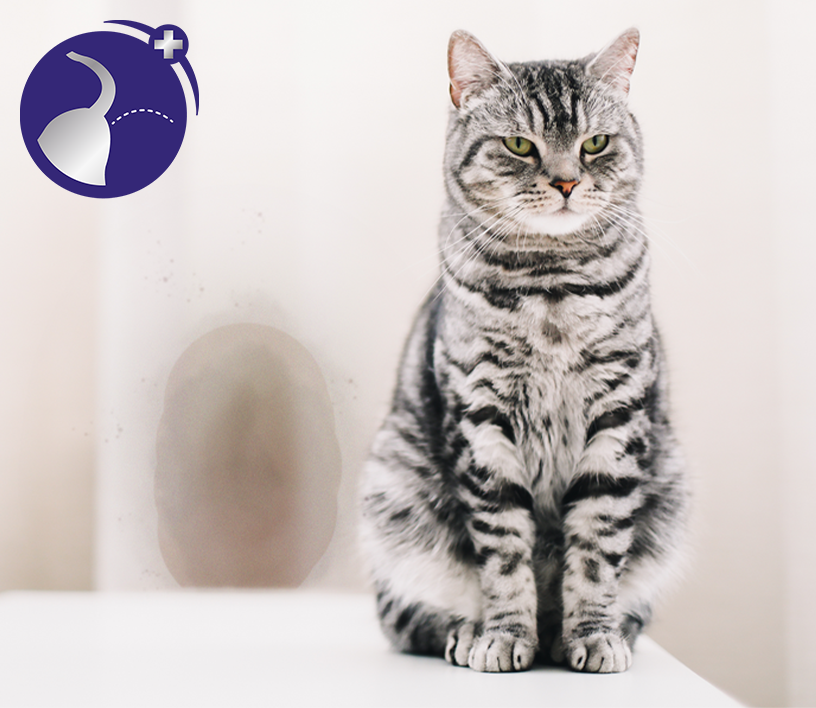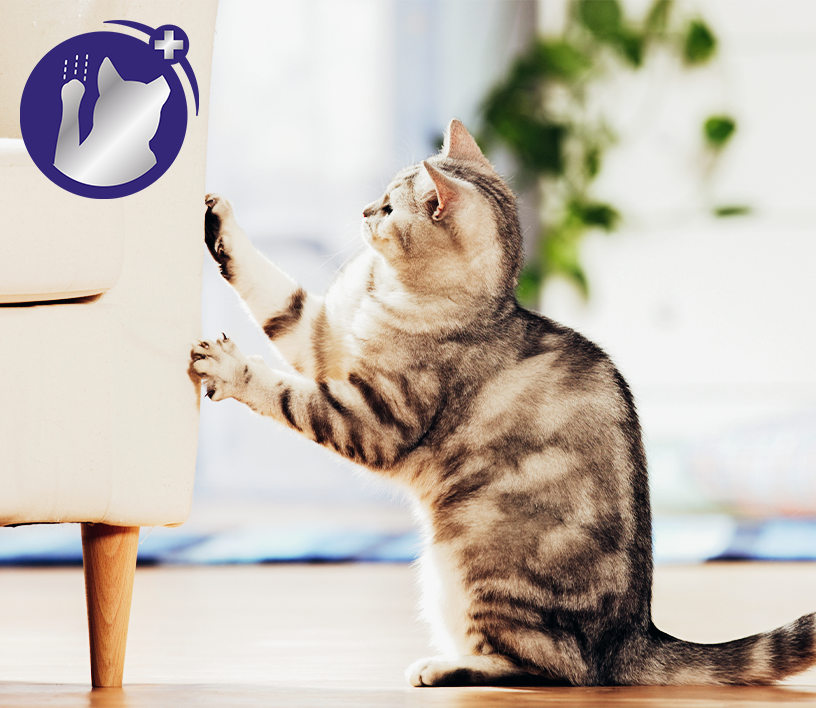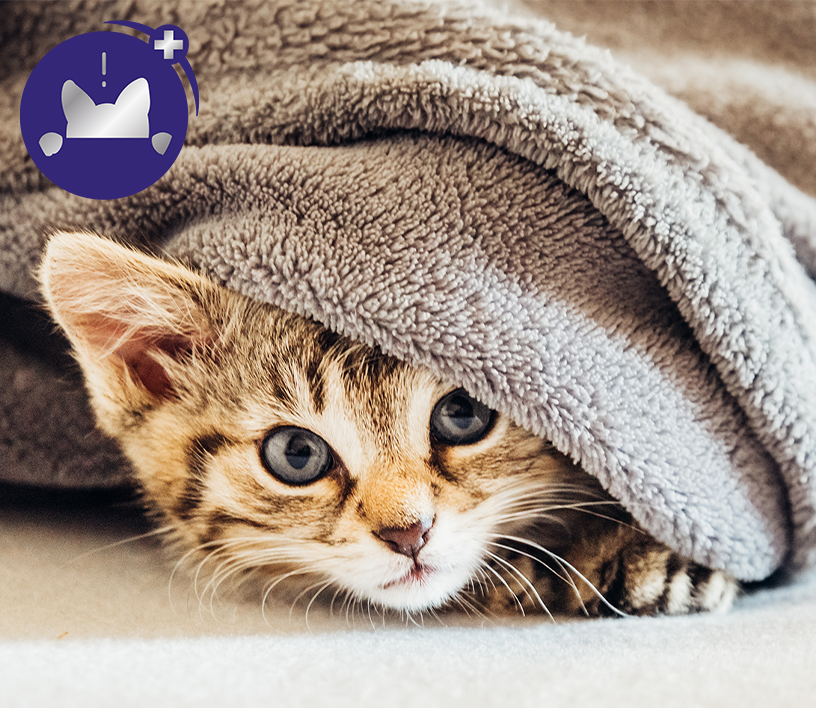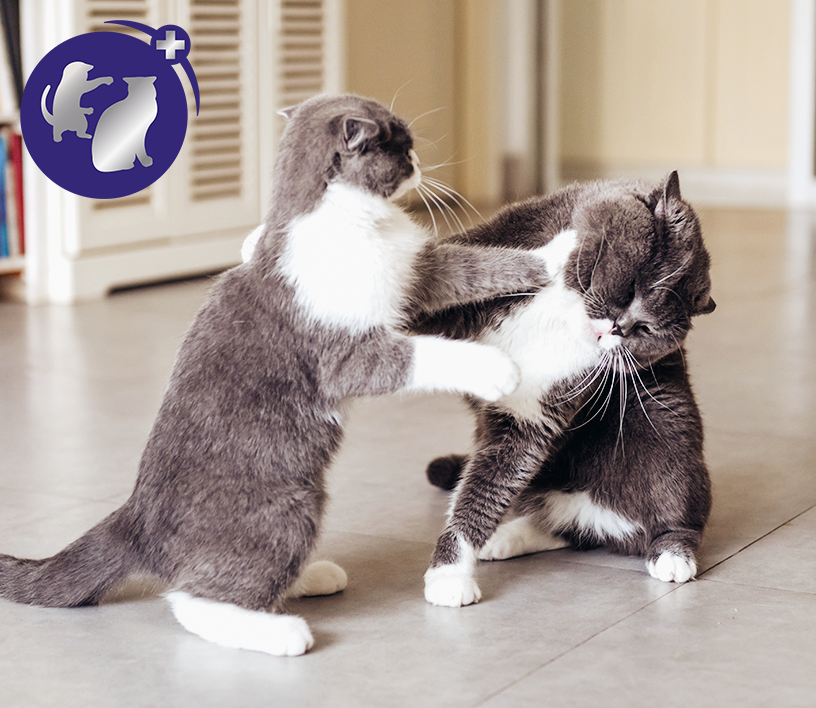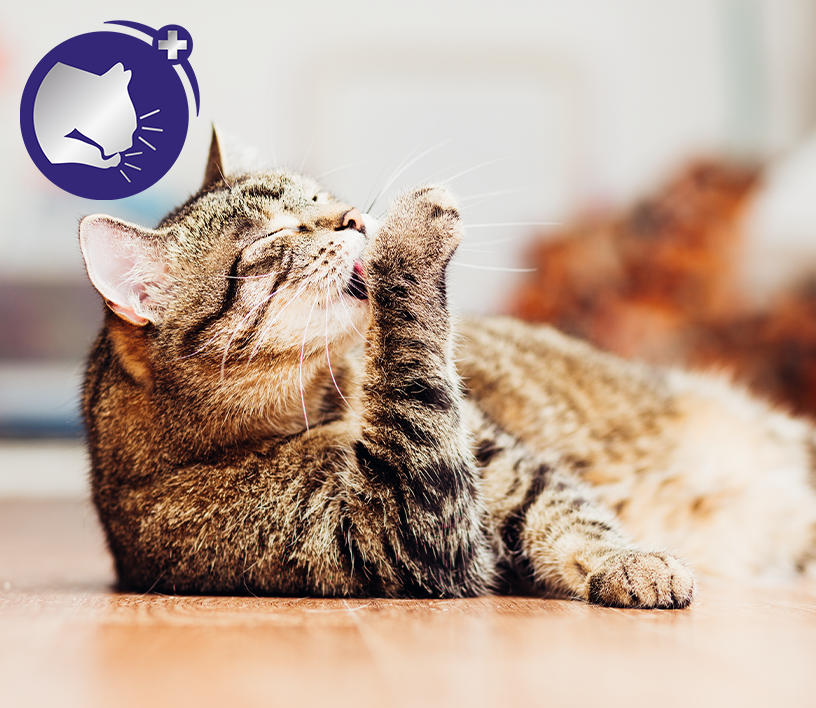
Can You Train a Cat? 12 Great Tips!
Can cats be trained? Definitely! Cats learn all the time from the experiences and adventures they have every day; these can be good habits or they can be less desirable ones.
The trick is to train them to repeat the good ones!
Why train a cat?
Cats' ancestors lived in the wild so they are, by nature, independent creatures. Centuries later, we expect them to accept domesticity and cope with situations that are not instinctively natural to them, like living with other animals and pets, having restricted territories, and being handled by humans!
But cats are adaptable creatures; after all, they have learnt over the years to become friendly towards humans. So there's no reason why the human/feline relationship cannot be developed further in the home, with a little time and patience.
Training a cat can be useful for everyday activities like:
- Coming to you when they are called. This will help if you want to remove them from a dangerous situation, or if you want them to come indoors overnight.
- Being handled for basic grooming and nail clipping
- Getting them to go into their cat carrier
- Travelling to the vet in the car
- Interacting with house visitors
Spending time training your cat can also be great fun and having that quality time together will strengthen your relationship.
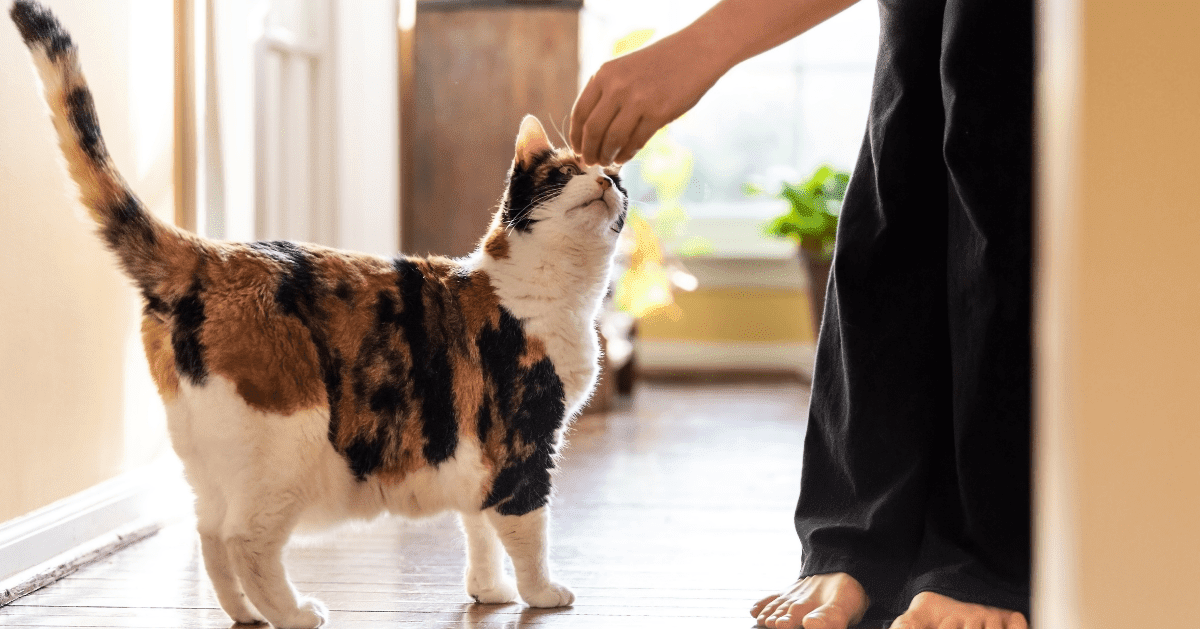
How to train a cat: 12 top tips
It's important to remember that it will take time to get results, but positive reward training is the best way to achieve success when training your cat.
Here are some tips to help you:
- Before your kitten settles into their new home, they will hopefully have got used to being gently handled by different people. Continue this as they start their lives with you. Only handle them for a few minutes each time until they are comfortable and not trying to escape.
- Only train them when they are calm and relaxed. Never try to force them to interact with you as this could damage your bond. FELIWAY Optimum can support your feline friend, and help them stay calm during training. Plug it into the room where you will be training to help calm your cat with any signs of stress.
- Identify what you want to train them to do, for example, getting into their cat carrier when asked, or letting you trim their claws. Break down the action into little steps and train one step at a time:
- As a first step, leave the carrier in a safe, quiet area, such as close to your cat's bed with the door open; curiosity will undoubtedly get the better of them and they will investigate the carrier in their own time. Perhaps even leave their favourite blanket in there to reassure and comfort them.
- The next step would be to put their toy inside to entice them in.
- After they seem comfortable going in and out, you can then close the door for a few moments at a time, slowly building up to the final act of lifting the carrier and then transporting them somewhere.
- Always reward them at each step when they have progressed. This should be done immediately - leave it until later and they won't associate it with their training. - If you are training an older cat, remember to take each step slowly until they do as they are asked. Older cats may tire more quickly, both mentally and physically, so your training sessions should be adjusted accordingly.
- Watch out for signs that they are losing interest, like turning their head away, grooming themselves or even jumping around and not concentrating on you. If this happens, stop the training session and try again another time.
- When rewarding them, be consistent and always say something like 'good kitty' or 'clever girl/boy'. They will then associate this phrase with a reward and perform the act you are training them to do. And make sure that you are consistent with the phrases you use when training to avoid confusion.
- Try to find a reward that you know your cat really likes - it could be their favourite treat, or a small piece of chicken or it could be playing their favourite game. Have a few options and ring the changes to keep your cat's interest. Only giving your cat certain treats whilst training them, will increase the value of the treat and make training sessions more interesting to your cat.
- Give the treats/rewards frequently when you start training and less frequently as they progress - it's best to keep them small, though - make sure you don't overfeed them!
- Keep the reward out of sight during the training session - if they see the reward beforehand, they may be focused on grabbing the reward from you rather than doing what you want them to.
- Never try to force them and stop if they are showing signs of anxiety. If your cat is showing signs of disinterest, stop the training and return to it another time when you think they are more relaxed and receptive.
- Teach your cat one thing at a time, so that they don't get confused.
- Be patient! Some things will take longer than others for your cat to learn, especially if there are many steps along the way.

The best time to train a cat
The best time to start training a cat is when they are calm and relaxed. You should also avoid training sessions just after they have eaten or when they are tired - they might not be as interested in the rewards if their tummies are full or when they're in need of a nap!
Keep training sessions short - around 10-15 minutes - otherwise they will get bored and lose interest.
Choose a space where there are no other distractions, i.e. people coming and going and note the time of the day and place where you have a good training session, so that you can repeat it next time.
Similarly, if they have had an unresponsive training session, you'll know when is a bad time to try!
So what is the first thing you're going to try teaching your kitty? We'd love to hear your stories - share a picture of your feline friend on social media and let us know how your training sessions go by tagging us on Facebook or Instagram.


















